|
|
||||
|
By Jo Nova Everywhere there are free and fair elections and a politically biased media, people will be shocked. What does “far right” even mean when it applies to a quarter of the population?It means name-calling is embedded in our vocabulary. Geert Wilder’s party has won 37 seats in the Netherlands election with 24% of the vote — more than any other party. There are 150 seats in total in the Dutch Parliament, so it’s not clear what the final winning coalition will look like. What is clear is that environmentalists hate it: ‘4 years of climate change denial’: Dutch environmental groups react to far-right election swingby Ian Smith, EuroNews Environmental groups have expressed shock and promised climate action in response to Dutch election results. Wednesday night saw the historic victory of the far right Party for Freedom (PVV). “We are shocked,” Extinction Rebellion Netherlands says. “This outcome will likely mean a rollback of climate measures, new fossil investments, exclusion of marginalised groups, and more.” If far-right applies to a quarter of the population, and the Greens appeal to a much smaller slice, it’s only fair they be called the extreme-left, yes?. How many votes is it worth when a party is gifted a “label” by the media day in and day out. How many people would have voted for a “Centre Right” party who would not even consider “the far right”? It could be a 2 – 5% advantage right there. Left leaning players cheat and deceive with language every day, and the Right let them get away with it. We need to fight for our language, for consistent words.So let’s mock the partisan reporters who keep calling the center Right, the far-right. “We know which way you vote”. Ask them to define their terms. There’s a trend across Europe — Victor Orban (Hungary), Geiorgia Meloni (Italy), Sweden, Finland… Geert Wilders’ shock victory in the Netherlands creates fear as Europe eyes another hard-right winBy Bruno Waterfield, The Australian Once renowned for tolerance, stability, liberalism and its pro-European credentials, one of the EU’s wealthiest nations is now a seething hotbed of discontent. If it were only the Netherlands that would be bad enough, but most of the discontents and political trends that have propelled Wilders to victory are writ large across the EU. Congratulations to Geert Wilders and his team, and to Javier Milei who won 56% of the vote in Argentina this week too. In the latter’s case, he’s not just “far right” but fully anti-science, according to Nature — the science journal that appears to think science is defined by government funding, not by evidence. ‘Extremely worrying’: Argentinian researchers reel after election of anti-science presidentMartín De Ambrosio & Fermín Koop, Nature As part of his plan to address the country’s economic crisis, Javier Milei has promised to slash research funding and shut down key science agencies. The result brings much uncertainty for Argentina’s science community. Milei and other members of his party, La Libertad Avanza (Liberty Advances), have pledged to shut down or possibly privatize the country’s main science agency, the National Scientific and Technical Research Council (CONICET), as well as to eliminate the ministries of health, science and the environment. So 56% of Argentian voters are climate skeptics: ‘A massive setback’Milei has also called climate change is a “socialist hoax”, comments that have stirred concern in the science community. “His position is typical of a denier,” says Matilde Rusticucci, an atmospheric scientist at the University of Buenos Aires Good to know next time someone says a skeptic is unelectable. –Flag photo: Dutchgamer(Yusuf Babayusuf)
The Australian Government is building magical weather machines with large amounts of our children’s money, and they won’t even tell us what it will cost. Dear Sir, we’re here to fix the car you didn’t know was broken, give us your wallet? We’ll just help ourselves to your cash and won’t tell you what this costs, OK? (It must cost a fortune, because if it were cheap we’d tell you). The Labor government promised impossible Net Zero things, and 18 months later everyone knows it is impossible. Renewable investment has ground to a halt, people are not buying EV’s, farmers don’t want the transmission lines, coastal towns don’t want the wind towers, project costs are doubling and tripling, and Florence the borer is still stuck in a very short hole that is meant to be a long one. Instead of backing away slowly, the Labor Party have gone full Santa-wish-fairy.Just like that — the plan for 6 gigawatts of unreliable generators will become 7, wait, I mean, 32 gigawatts. Wow. The Australian grid uses about 30 gigawatts of generation, and already has 65 gigawatts of equipment to generate that. It took three generations to build and pay off, but we’re adding 32 GW this decade…. Chris Bowen gambles with taxpayers’ cash to hit renewables targetGeoff Chambers, The Australian Taxpayers will underwrite a five-fold increase in new government-backed renewables capacity across Australia, as Chris Bowen gambles on a dramatic market intervention to secure grid reliability and achieve Labor’s ambitious target of 82 per cent renewables by 2030. If the market won’t build crazy loss-making unreliable generation machines, the government will. They force us to pay, but they can’t even tell us what it costs: The program will be expanded from its initial mandate to underwrite 6 gigawatts of renewable energy projects to 32GW, with the cost to taxpayers being kept secret under commercial-in-confidence provisions. And before you object to whale-killing, wedgetail-eagle-whacking and mowing down of forests, we’ll just clear out red tape for massive industrial projects: Mr Bowen will also strike deals with states and territories to fast-track major renewables projects. Is this the part where the Greens realize what a monster they have created? All this money, so they can impress their friends with private jets at the UN: Ahead of attending the United Nations Climate Change Conference in Dubai, Mr Bowen said the government was taking unprecedented action on renewables to avoid blackouts and energy price rises as coal generators shut down. The new scheme is called the Capacity Investment Scheme. The government is now your financial advisor, and they are picking winners. Be afraid. Image by Franz Bachinger from Pixabay
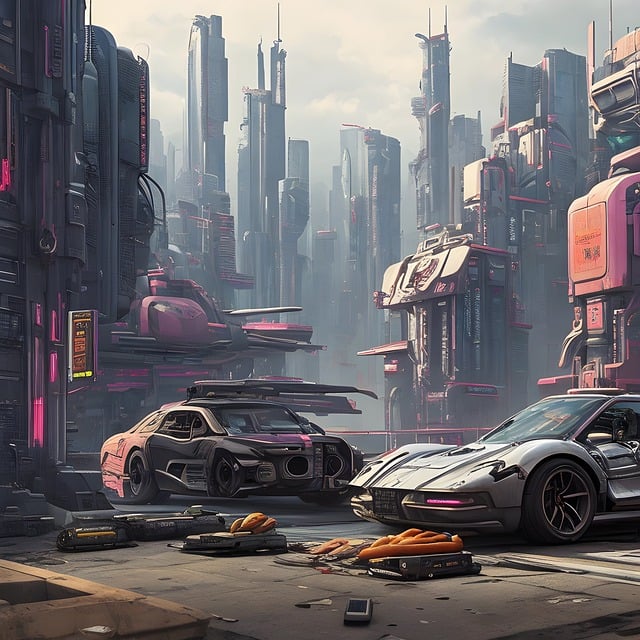 Image by Anwarul Quddus Sikder from Pixabay By Jo Nova The thrill of EV ownership in Australia has worn off before it even startedIn news that will shock no one, except the Minister for Weather himself, Labor’s plan to have nine out ten new car drivers in an electric vehicle by 2030 has crashed into a mountain of apathy. The latest estimates from the Australian department in charge of guessing these things is that EVs will only be 27% of new car sales by then, not 89%. And the modeling assumes EV’s will be exempt from the usual tariffs and taxes, but finds most Australians would rather pay the extra taxes and get themselves a planet-wrecking petrol-head machine anyway. Of course, in climate maths, 27% is practically the same as 89% because EV’s may not reduce emissions at all, but since the push to force them on us has nothing to do with carbon emissions, the theatrical chasm in their big plans is a major loss. That and the dilemma of who will pay for the back up batteries to stabilize the windy wobbly national grid if car owners don’t? By 2030, after years of propaganda and coercion, electric cars are only expected to be 5% of the national fleet of small vehicles. Of the developed world, Australia is possibly the stupidest country to own an EV inWith the lowest population density, longest hottest roads, and soon to be most unreliable expensive power, there’s a reason Australians have been slow to buy expensive, short range, inflammable machines. In The Daily Mail today we hear that Belinda Cleary drove a $90,000 EV from Sydney to Melbourne and it cost 30% more in fuel and took 25% longer than her petrol car. The round trip cost $210 in fuel instead of $140 in petrol. So you can pay more to pay more and go slower as well. What’s not to like? Having wrecked Australia’s cheap energy grid by turning it into a giant cyclone-and-flood talisman, the irony is that electric cars can’t get cheap fuel anymore. The hapless Belinda needed to stop six times to refill on the 1,800 kilometer return trip, and spent three and a half hours enjoying the roadhouses of the Hume Highway. On the way home, someone walked near her car and accidentally spooked the charger into stopping, thus creating an unexpected delay. Oh the complexities of electrical ecology? But on the bright side, the car didn’t kidnap her, and she points out that all the 350kW charging stations were working. If one had been on the fritz she couldn’t have made it to the next fast charger, so she would have had an instant holiday stopover in Tarcutta. The slow 50 kW chargers are so slow drivers need an overnight stay. And of course this major highway is the busiest and most well serviced interstate route in Australia. Everywhere else is going to be worse.
By Jo Nova
Two years ago funds were tagging anything they could with Sustainability. But the term has become a dirty word, and so has ESG. Funds that were enthusiastically adding these green terms to their titles are now dropping them and backing away slowly… With major daily business newspapers now reporting the bad news it’s hard to see what will stop the slide — only massive subsidies would do that (temporarily), but the US has already done that with the bizarrely named Inflation Reduction Act. But make no mistake, there is a $300 billion industry begging for help and a lot of politicians who don’t want to admit their renewables push was an economic disaster. The German government has bailed out Siemens, and the UK government is throwing money at wind power to try to get investors back. It’s like communism by stealth. The government demands industries do magical things, then when they fail, it saves them, making industry increasingly serve governments instead of customers. But the money, or the system can’t go on forever…
Wall Street’s ESG Craze Is FadingBy Shane Shifflett, Wall Street Journal Wall Street rushed to embrace sustainable investing just a few years ago. Now it is quietly closing funds or scrubbing their names after disappointing returns that have investors cashing out billions. The third quarter was the first time more sustainable funds liquidated or removed ESG criteria from their investment practices than were added, according to Morningstar. That is a reversal from not that long ago, when companies were rebranding faltering funds to cash in on the billions of dollars flowing into sustainable investment products. At least five other funds also announced they would drop their ESG mandates this year, while another 32 sustainable funds will close, according to data compiled by Morningstar and The Wall Street Journal. One venture capitalist says Net Zero policies are political pipedreams, and Venture Capitalists knew years ago that industries dependent on government handouts might collapse like Enron:
Net-zero policies colliding with economic realityHenry Geraedts, Financial Post As early as 2018, key industry executives warned that the renewables sector risked an Enron-style collapse because of its insatiable subsidy-dependence. That unwinding is now happening across the wind, solar and EV industries, and it’s driven by dynamics unlikely to be reversed. As demand falters, skyrocketing costs are outstripping even massive subsidies. Faced with crippling technical problems, growing warranty exposure and companies like Shell walking away from multi-billion-dollar projects, industry leaders Orsted, Vestas and Siemens Gamesa are in structural financial crisis, their shares down by 30 to 60 per cent. Siemens Energy’s recent request for a $16-billion bailout prompted BP’s head of renewable energy to say the industry was “broken.” What we are witnessing are not bumps in the road to an inevitable clean energy transition but evidence of socio-economic realities unravelling the politics of net zero — including the fiction that we must urgently and radically re-engineer our societies to stop a supposed climate catastrophe that in fact isn’t. Henry Geraedts worked in venture capital internationally. His PhD is in international political economy, with an interest in strategic aspects of energy and technology. Three weeks ago the head of renewables for BP used the word “broken”:BP Executive Describes The U.S. Offshore Wind Industry As “Fundamentally Broken”Reuters, Nov 1 The offshore wind industry, one of the fastest growing energy sectors, has recently suffered a string of major setbacks due to equipment reliability issues, supply chain problems and sharp cost increases. Anja-Isabel Dotzenrath, BP’s head of gas and low carbon, said that problems in the United States included permitting, the time lag between signing power purchase agreements and projects being built and a lack of inflationary adjustment mechanisms. “Ultimately, offshore wind in the U.S. is fundamentally broken,” Dotzenrath told an FT Energy Transition conference in London. The profit margins are so thin, and the approval process is so long and complex (because they use so much space), that inflation is eating their returns before they even start. h/t Marcel, Willie Soon and NetZeroWatch. By Jo Nova A rare opportunity: the wonderful Matt Ridley will be in Perth to speak on Tuesday. One of the few great science commentators across economics, biology, genes, climate and politics. Author of The Rational Optimist, Viral: The search for the origin of Covid-19 and for years a writer for The Times, WSJ, and also elected as a hereditary peer to membership in the House of Lords, UK. Cures vs Consequences: How does Government navigate the science?Join Matt Ridley in PERTH, Novotel Murray Street on Tuesday, November 21 or a thought-provoking discussion on the critical role of Government in shaping climate, health, and energy policies. Scientists aren’t infallible authorities who universally override political disagreements, nor are they unscrupulous fraudsters with hidden political agendas. Somewhere between the two lies the truth: Science is a flawed and all too human affair, but it can generate timeless truths, and reliable practical guidance, in a way that other approaches cannot. How can the average person make sense of the often-conflicting scientific opinions that have arisen during the COVID pandemic and in the discussions about climate and energy policies? Unfortunately, there’s no easy solution when it comes to scientific debate.
Keep reading → By Jo Nova Time the CDC was razed
So Reedly city officials in California stumbled on this warehouse almost by chance, and wanted some answers, but the FBI didn’t want to investigate and the CDC refused to test the pathogens. Most of the samples were destroyed and some 104 tons of material was “eradicated”. Afterwards City Officials found a freezer the CDC missed. It was labeled Ebola — that most fun infectious agent with fatality rates between 25 and 90%. (Fortunately is not anywhere near as transmissible as Covid). The man running the lab was Jiabei “Jesse” Zhu, a citizen of China, who formed dozens of companies in Canada in order to steal intellectual property. After he was caught and hit with a $330 million dollar fine, he escaped to the USA, set up the Reedly lab and acquired the pathogens. He also imported Chinese made medical tests and rebadged them, fraudulently, as “Made in the USA”. During this time he received some $2 million in mysterious payments from the People’s Republic of China. We wonder why someone would keep dangerous pathogens in their workshop freezer for years, and at great cost? It’s hard to imagine any benevolent excuse for keeping bags of things marked HIV and Ebola in a fridge. Zhu doesn’t appear to be thinking of benefits for his US customer base. On WeChat he apparently claimed “his fraudulent activity would help ‘defeat the American aggressor and wild ambitious wolf!’” — The NY Post has a full write up. Watch the documentary:
Where did he get Ebola in the first place, and why doesn’t the CDC have measures in place to stop this? The US Congressional Select Committee on the CCP issued a report on this laboratory: The Committee found:
Even if most of these viruses don’t make ideal bioweapons as is, with genetic modification, who knows? In any case, the simultaneous release of minor disabling outbreaks would still play havoc with any nation. Biological warfare can take many options, and as we saw with Covid, sometimes the less deadly viruses are more effective. I note months before the facts were known an AP news report on this lab said it just “fueled conspiracy theories“, “Officials said it posed no danger.” Image: BernbaumJG
John Campbell talks about a speech by Andrew Bridgen MP in the UK Parliament a couple of weeks ago By Jo Nova Do you want Tedros and the UN to tell you what medicine you can or can’t have?
It applies to all 192 countries that signed up to the International Health Regulations (IHR), managed by the WHO in 2005. (So, yes, wherever you live). Here’s the sneaky thing, new amendments that change this agreement don’t need to be voted on by your Parliament or Congress. They just need to be tabled and 18 months later, “bing” — if no one objects, they are accepted de facto. The only way for a nation to stay out is if your PM or President writes to the WHO and says “No Thanks”. That date of rollover “acceptance” is December 1. (Can you believe). And yet, for some reason, almost no MP or media outlet has whispered a word of it. Since they love to tell us how saintly and essential the UN is, we can assume that they’re not telling us because they don’t think we’ll like it. There are two parts to this — one are the Amendments to the IHR, and the other, but completely separate — the Pandemic Treaty. If they both slide into place, the WHO could declare an “Emergency” and decide things like whether you should be allowed to take a drug (or even a vitamin), whether you must take some mandatory medical treatment, and things like that. For your own good of course. If it all sounds creepy and like a Tom Clancy novel — ponder that we’re already part way there. For two years Australians were not allowed to leave Australia without taking an experimental injection first. Our Chief Health Officer explained this was because of our obligations to the International Health WHO Agreement. So Tedros, the former Foreign Minister of Ethiopia, decided what the free citizens of Australia would inject if they wanted to fly to Bali. This conspiracy is so real 147,000 uninjected Australians applied to leave the country and were denied. Some may have paddled across the Timor Sea but the Australia govt hasn’t given us any data on escapees. Coming soon: the WHO want digital passports — so they can keep you safe, keep Big Pharma friends happy, and presumably because it suits President Xi. Plus it will make it so much easier to add up their social carbon score. This is the same World Health Organization that failed at the only task they were set up to do — prevent global pandemics. They were the ones praising China’s transparency and leadership in January 2020, telling us the Wu-Flu wasn’t spread human-to -human and insisting we keep letting bioweapons fly free on planes. It’s almost as if they were trying to spread it… If the amendments etc become law, the only option is to Exit The WHO (and abandon the whole UN!). Let’s do that anyway. PS: You thought “One Health World Government” was nice line, but actually it’s WHO policy –– “One Health” is designed to wrap the health of people, plants, animals and trees — even the planet — into one conglomerate Quadripartite Executive. It’s the acronym basket of the WHO, FAO, WOAH and UNEP. So if there is a vaccine against climate change, they will want to make you take it. If there is a bug-burger that will stop the storms, or prevent pandemics, that’ll be in your allocated menu. It’s like supergiants in the bureaucratic galaxy are forming a black hole… More information on the Amendments thanks to James Roguski: ExitTheWHO.org (worldwide) http://ExitTheWHO.com (USA) Take Action in Australia, in the United Kingdom, in New Zealand, and in Canada http://ThePeoplesDeclaration.com There is another WorldWide Freedom Rally this Saturday 18th at 12 noon — search for your city details here (USA, Canada, NZ, Europe, Australia). I’ll be speaking in Perth on the joys of the ACMA Ministry of Misinformation. Thanks to Tides of Mudgee, Strop, David Maddison, MP, Lance, Catherine, John Connor II, Robert Rosicka, KP, Tel, Robert Christopher, Anton, Steve, Paul Cottingham, cherry-picked#7, and also Malcolm Roberts, Craig Kelly and George Christiansen. Photo of dingy — Bijay Chaurasia
Two and a half years ago President Xi promised to “strictly control coal-fired power generation projects” in China. Before this solemn pledge the CCP had approved a blockbuster 54 gigawatts of coal fired power plants in just two years. Afterwards, to show how committed they were to Net Zero principles and international agreements, they *only* approved 131 GW. As President Xi promised — he’s “strictly in control” (of a massive increase). He’s also strictly in control of the world’s manufacturing. After being deceived, the UN, Greenpeace, and Joe Biden promptly did nothing at all — it’s not like the future of life on Earth is at stake. And John Kerry somehow saw only “agreement” and “hope”. When faced with this environmental catastrophe, the BBC told the world about China’s green power surge instead, and only mentioned the coal in passing as an aside. China had spawned a world record in coal plant construction, but apparently these coal plants are not so bad because many are built on renewable parks, “partly as backup for all the new wind and solar farms”. As if CO2 emissions are neutralized just by the presence of the sacred talisman of “renewables”. It’s a religion. Meanwhile the International Energy Agency (IEA) — a kind of mini UN energy bureaucracy — predicts China’s peak coal will happen next year. Righto. Apologists, all of them for planet destroying polluters.
Just for comparison: Australia has one 1,000 MW plant in the “pre-permit” stage. (Collinsville). A whole gigawatt of dreamtime coal plant. It’s so “pre” that even though it was suggested four years ago, and awarded $4m for a feasibility study, no feasibleness has been announced. In the same years, China built about 300 coal plants. At least Europe has some nuclear plants. Likewise the US: All this data on coal plants comes not from overpaid academics, Ministries of Energy, or publicly funded “news” broadcasters. None of them, apparently, give a toss about actual CO2 emissions. Instead, this was done by some NGO’s who are paid to be perplexed but at least they are honest in their confusion. These people believe propaganda put out by both the UK and by China, and are caught in the headlights, genuinely surprised… China Pledged to ‘Strictly Control’ Coal. The Opposite Happened.Lauri Myllyvirta, Byford Tsang, Foreign Policy The recent about-face on coal is odd for Beijing, which generally under-promises and over-delivers on climate commitments. Controlling new coal power projects is one of the few pledges China has made from now until 2025. Furthermore, more coal power is not necessary to keep the lights on, since China has a booming clean energy sector. By many measures, China is the front-runner in the global clean technology race. Its renewable energy investments accounted for 55 percent of the global total in 2022. Just two Chinese companies have captured over half of the world’s electric vehicle battery market, and 60 percent of electric cars sales in 2022 occurred in China. Someone should tell them that “half the worlds renewables” only made 7% of China’s total energy needs. All the back up coal plants made 57%. Thanks to NetZeroWatch for the inspiration. |
||||
|
Copyright © 2025 JoNova - All Rights Reserved |
||||

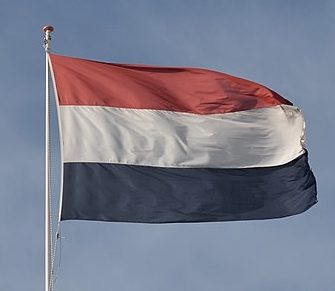

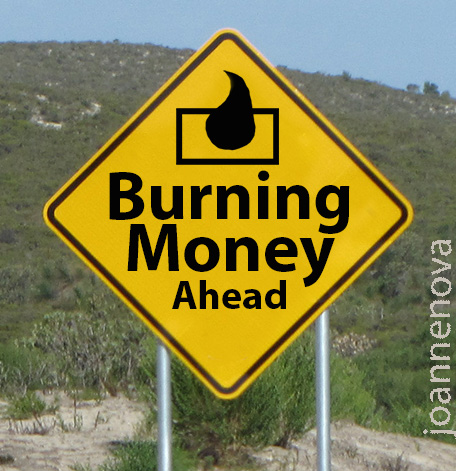





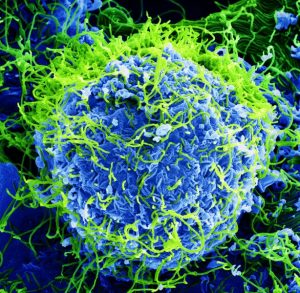

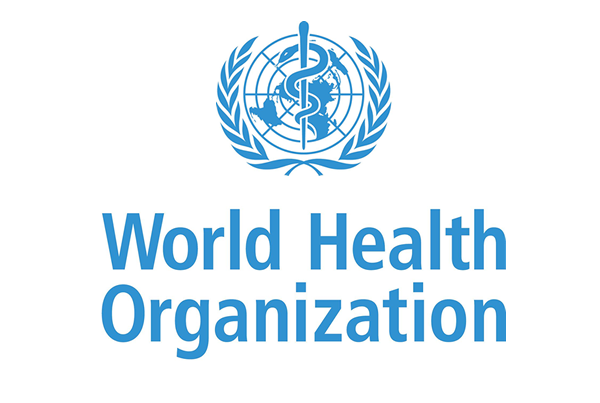

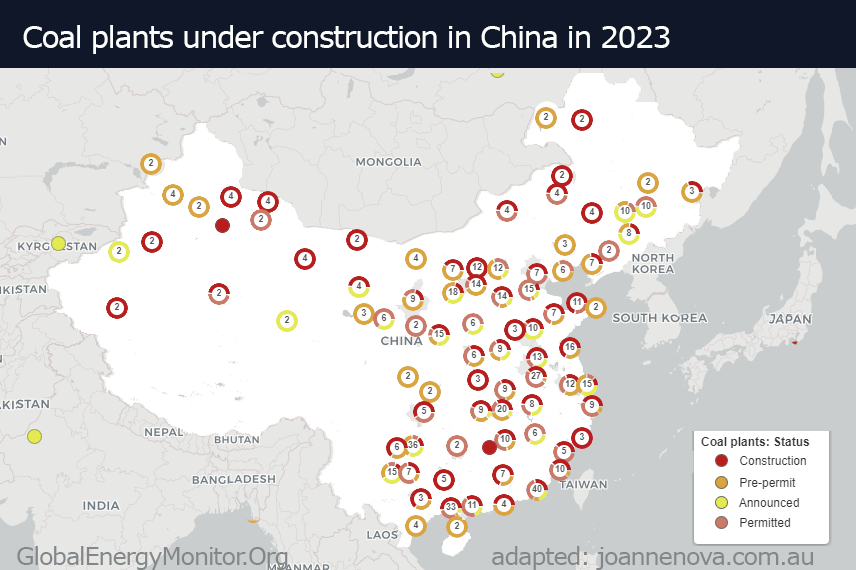
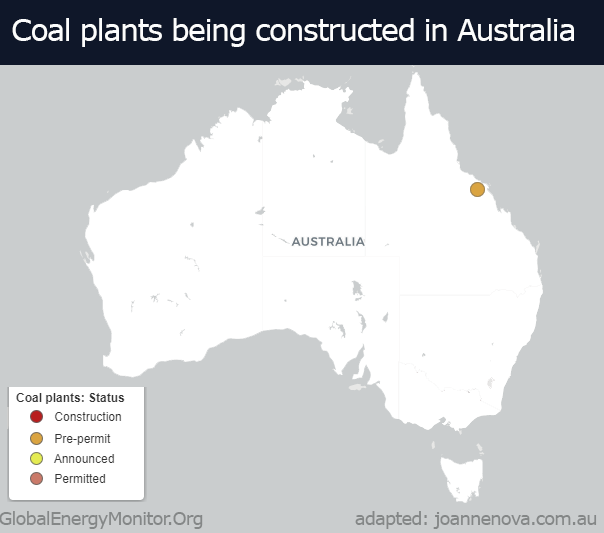
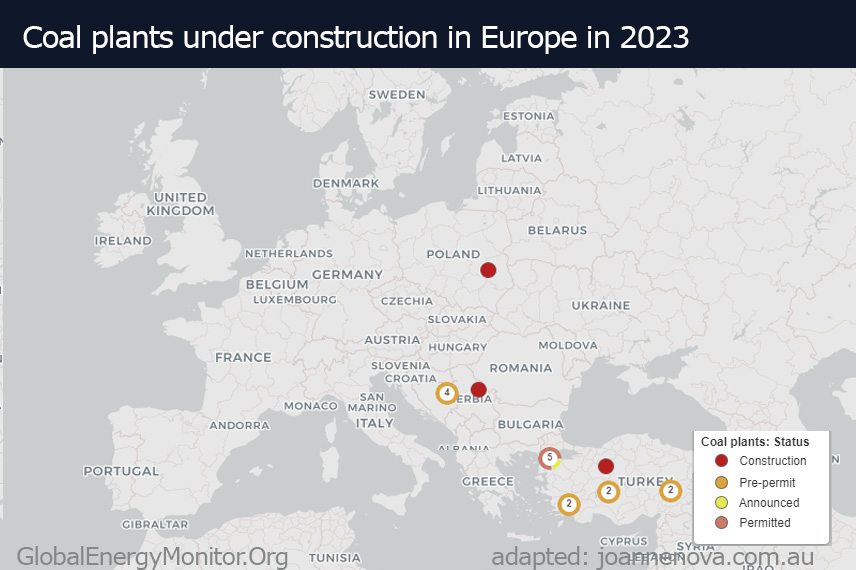
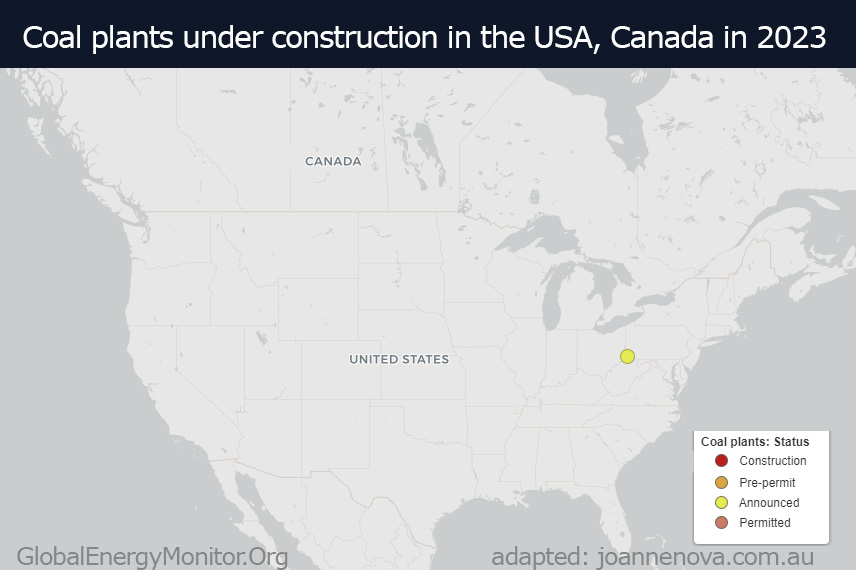
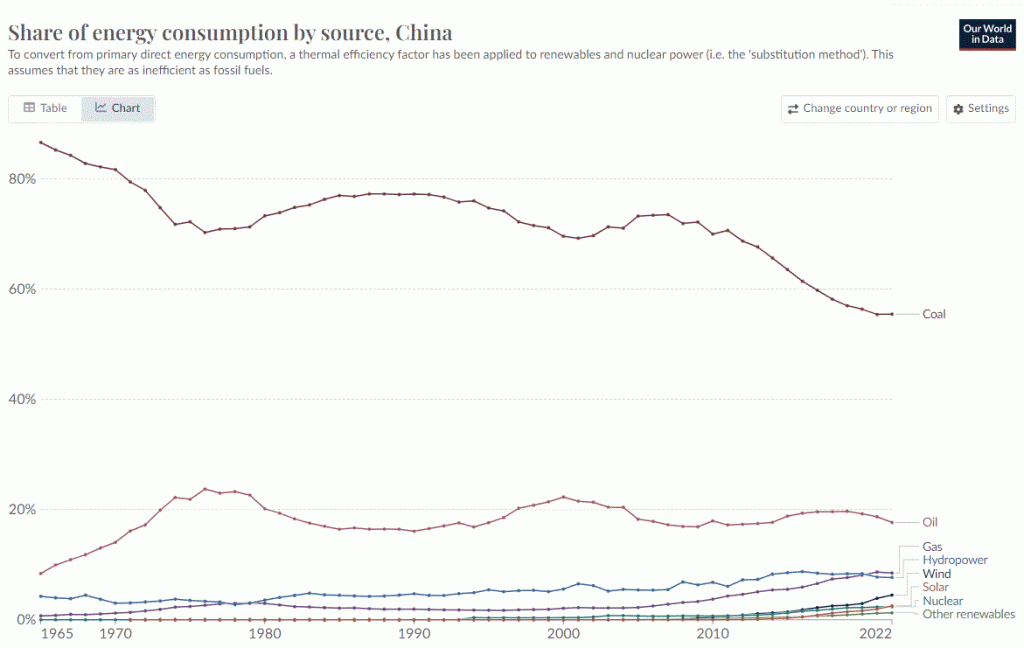




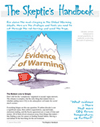

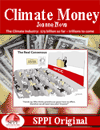




Recent Comments